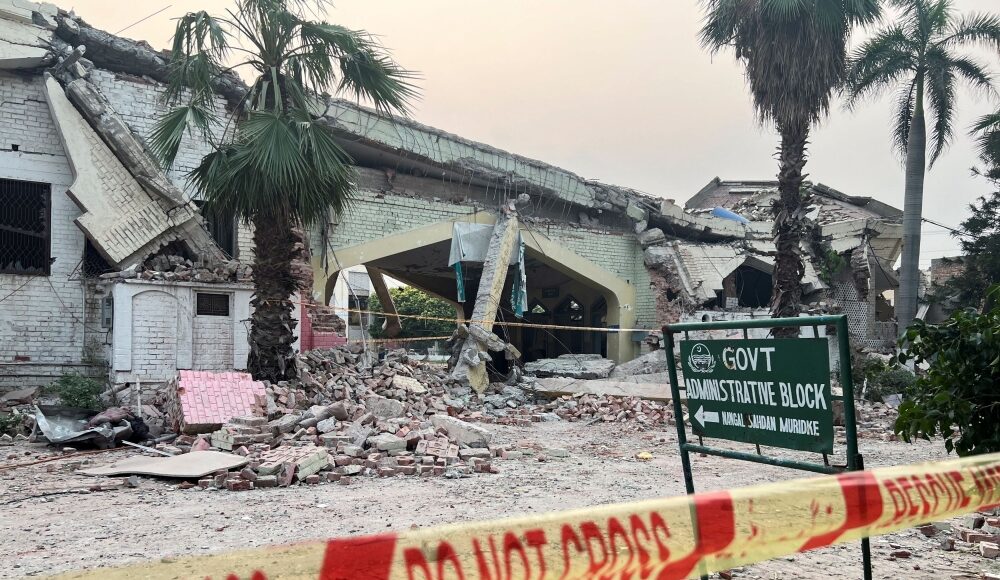MAY 8 — When nuclear rivals India and Pakistan spiral into conflict, the resulting tremors are felt far beyond South Asia.
The danger lies not only in the possibility of an immediate war — but in the strategic precedent it sets for the wider region, especially North-east Asia and South-east Asia. And nowhere is this impact more damaging than on Asean’s cohesion, stability, and credibility.
Recent escalations, including alleged missile strikes and tit-for-tat accusations, signal a worrying trend: that nuclear posturing is no longer a deterrent, but a political instrument. North Korea is watching. Pyongyang has long calibrated its provocations based on perceived impunity. If India and Pakistan can openly exchange hostilities and still retain international standing, why wouldn’t North Korea feel encouraged to do the same?
This is where South-east Asia pays the price. Asean has traditionally anchored itself as the neutral core of the Indo-Pacific — a region where peace is preferred over provocation. But as tensions rise on both Asean’s northern and western flanks, the burden of maintaining regional balance becomes untenable. Asean’s centrality, long a point of pride and purpose, now risks becoming collateral damage.
A damaged portion of an administration block at the Government Health and Education complex, after it was hit by an Indian strike, in Muridke near Lahore, Pakistan May 7, 2025. — Reuters pic
The timing couldn’t be worse. With the return of tariff escalations under the second Trump administration, South-east Asia finds itself increasingly targeted. Asean is now among the most tariffed regions in the world — judged not as a bloc, but individually punished or favoured based on Washington’s strategic whims. Without unity, Asean countries are vulnerable. And without regional cohesion, there is no strategic buffer.
Indonesia, Asean’s largest economy, is already under stress. The rupiah has weakened, inflation is biting, and energy subsidies are straining fiscal policy. How can Asean counterbalance the trade war, if its anchor state remains economically fragile?
Moreover, a deteriorating strategic climate in South and North-east Asia distracts from Asean’s own ambitions: the Digital Economy Framework Agreement (DEFA), the Asean Zero Emissions Community (AZEC), and deepened regional integration risk being derailed by external crises.
This is not just about trade or tariffs. It’s about the erosion of norms. The India-Pakistan rivalry, if left unchecked, may normalise preemptive strikes. The Korean Peninsula may see provocations escalate from launches to strikes. In such a scenario, Asean’s model of peace-building and consensus — already strained by Myanmar’s political breakdown — may be dismissed as naïve or irrelevant.
The path forward requires urgency and courage. As Chair of Asean, Prime Minister Datuk Seri Anwar Ibrahim must extend Malaysia’s diplomatic platform beyond South-east Asia. Using Chapter VIII of the UN Charter, Asean can and must offer a neutral forum to de-escalate regional tensions. This is not about mediating sovereignty disputes — it is about averting catastrophe.
Equally, Asean must consolidate internally. It must help vulnerable economies like Laos, Myanmar, and even Indonesia stabilise. Only with economic resilience can the region speak with a single voice, and resist being fragmented by tariff regimes or strategic coercion.
This is not the time for Asean to retreat. The threat of conflict in South Asia and North-east Asia is real. But so too is the opportunity for Asean to prove that restraint, dialogue, and consensus still matter. Otherwise, Asean may soon find itself reduced to a bystander in a region it once sought to lead.
• Phar Kim Beng is a professor of Asean Studies, International Islamic University Malaysia (IIUM)
•• This is the personal opinion of the writer or publication and does not necessarily represent the views of Malay Mail.





